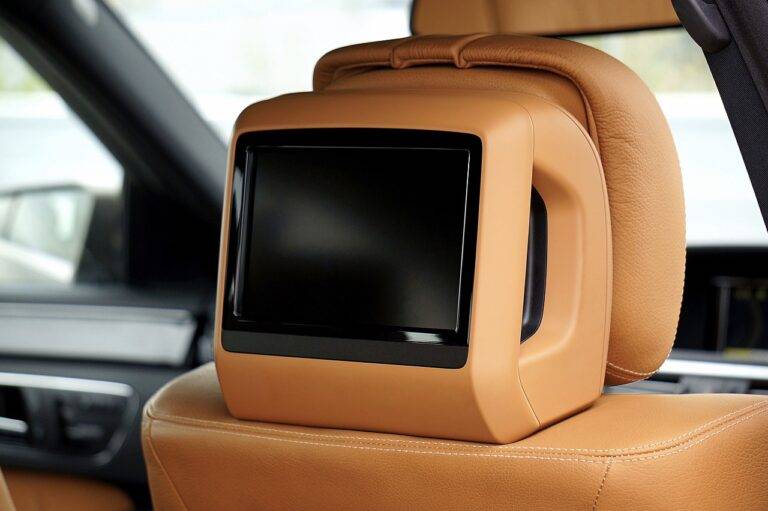Review: Advancements in Motion Capture Technology
Optical motion capture systems have undergone significant advancements in recent years, revolutionizing the way movement data is captured and analyzed. These systems utilize cameras to track the positions of reflective markers on a subject’s body, enabling precise 3D motion tracking in a controlled environment. With advancements in camera technology, modern optical motion capture systems can now capture high-fidelity data at faster frame rates, allowing for smoother and more accurate motion reconstruction.
Moreover, the software algorithms used in optical motion capture systems have become increasingly sophisticated, enabling automatic marker labeling, robust tracking in challenging conditions, and real-time feedback for athletes and performers. This has streamlined the motion capture process, reducing the need for manual intervention and accelerating data processing. Overall, these advancements have made optical motion capture systems an invaluable tool in fields such as animation, sports science, biomechanics, and virtual reality, facilitating groundbreaking research and enhancing performance analysis.
Improvements in Markerless Motion Capture Technology
Markerless motion capture technology has seen significant advancements in recent years, revolutionizing the way motion data is captured and utilized in various industries. Unlike traditional marker-based systems, markerless technology eliminates the need for attaching physical markers to the subject, making the capturing process more streamlined and efficient. This innovative approach allows for more natural motion to be captured, providing more authentic and precise data for analysis and animation purposes.
One of the key advantages of markerless motion capture technology is its ability to track human movement without the constraints of markers, offering a more flexible and versatile solution for capturing real-world motion. By utilizing advanced algorithms and sophisticated computer vision techniques, markerless systems can accurately interpret and replicate complex movements with enhanced precision and detail. This improved tracking capability not only saves time and resources but also opens up new possibilities for applications in fields such as animation, biomechanics, sports analysis, and virtual reality.
Enhanced Real-time Data Processing Capabilities
With the continuous evolution of technology, there has been a significant enhancement in real-time data processing capabilities in motion capture systems. This advancement allows for a quicker and more efficient analysis of movement data, providing immediate feedback to users during capture sessions. By processing data in real-time, users can adjust their techniques and performance on-the-fly, leading to improved overall results.
Real-time data processing capabilities also enable motion capture systems to handle large volumes of data seamlessly, without experiencing lag or delays. This allows for a smoother and more accurate capture of movements, especially in complex scenarios where precise timing and synchronization are crucial. As technology continues to progress, we can expect further improvements in real-time data processing capabilities, opening up new possibilities for applications in various fields such as sports performance analysis, animation production, and biomechanics research.





